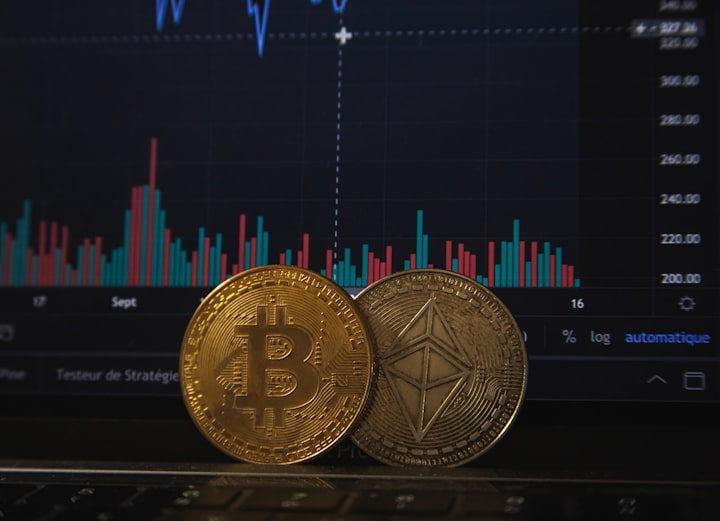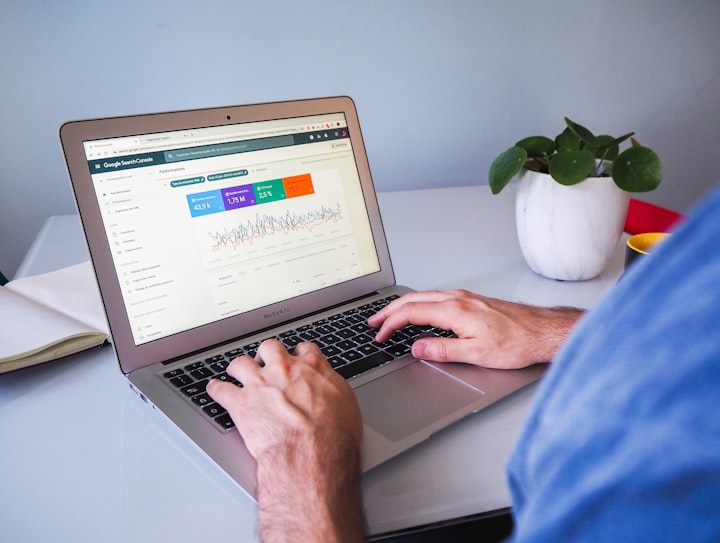A Step-by-Step Guide to Becoming a Blockchain Developer
By Kalash Bhadoriya

If you want to become a blockchain developer, you’re not alone. There’s been an increasing demand from employers across the tech industry for qualified blockchain engineers, and the career outlook looks promising as businesses, banks, and governments continue to adopt this revolutionary technology. If you have what it takes to follow in the footsteps of many forward-thinking tech professionals, here’s how to become a blockchain developer in just three steps.
1. Understand the technology behind blockchain
In order to become a blockchain developer, it is important to first understand the technology behind blockchain. Blockchain is a distributed database that allows for secure, transparent and tamper-proof transactions. This means that it can be used for applications such as cryptocurrency, smart contracts and supply chain management.
2. Decide which programming language you want to use
There are many different programming languages that can be used to develop on the blockchain. However, some languages are more popular than others. The most popular language for blockchain development is Solidity. If you’re interested in becoming a blockchain developer, we recommend learning Solidity. Here’s a step-by-step guide to becoming a Solidity developer 1) Study the basics of coding and data structures: In order to become a blockchain developer, it’s important to first understand how basic coding and data structures work. For example, if you want to create a function or object in your code, you need to know about variables. These concepts will make it easier for you when developing your project on the blockchain.
Create a simple smart contract with Solidity:
This course is suitable for students with no prior experience with cryptocurrency or blockchain technology. You will learn everything you need — including how cryptocurrency works — so by the end of the course, you will not only be able to program your own smart contract with Solidity, but will also be able to launch your own ICO (Initial Coin Offering).
3. Practice, practice, practice
If you want to become a blockchain developer, the best way to do it is to start coding. You can find many resources online that will help you learn the basics of programming. Once you have a solid understanding of how to code, you can begin practicing with blockchain technology. The more you practice, the better you will become at developing blockchain applications. In addition to practicing your coding skills, it is also important to keep up with the latest trends in the blockchain industry. This way, you will be able to identify new opportunities for developing innovative applications.
4. Get your first job as a blockchain developer
There’s no one right way to become a blockchain developer. However, there are some steps you can take to increase your chances of landing a job in this exciting and growing field. One common path is by first learning how to code through online courses or bootcamps. Once you have the skills, there are many different paths for getting experience: working as an intern with a blockchain company; freelance work on open source projects; or doing contract work for another company.
Now that you know how to code and want to start looking for jobs, what should you be looking for? A good place to start is by checking out the top companies at the intersection of blockchain and other industries: JP Morgan Chase & Co., IBM Corp., Microsoft Corp., Amazon Web Services Inc., etc. Many large companies have started exploring how they can use this technology in their own products and services. They’re hiring engineers like yourself!
5. Learn how to communicate with non-technical people
One of the most important skills for a blockchain developer is the ability to communicate with non-technical people. This is because blockchain technology is still relatively new and many people don’t understand how it works. Here are some tips for communicating with non-technical people * Speak in layman’s terms, not in jargon or code.
* Keep things simple — if you’re using big words or complicated language, you might be doing too much explaining and not enough demonstrating.
* Ask questions — ask them what they know about blockchains, then try to explain what blockchains do from there.
* Ask them what their expectations are from this conversation so that you can tailor your explanation accordingly.
6. Join and contribute to open source projects
If you want to become a blockchain developer, one of the best things you can do is join and contribute to open source projects. By doing this, you’ll not only learn from other experienced developers, but you’ll also be able to build up your own portfolio of work. And don’t worry if you’re just starting out — it’s never too late to jump in! You’ll find a variety of ways to get started with our list below:
1) Check out Coinbase’s free coding course
2) Join IBM Hyperledger’s course on Github
3) Work on an independent project
4) Get paid for coding tasks on Upwork
5) Read through some tutorials
7. Write your own white paper
In order to become a blockchain developer, one must first understand the basics of distributed ledger technology (DLT). A good place to start is by reading a white paper on the subject. Once you have a grasp of the basics, you can begin learning how to code on a blockchain platform. The most popular platforms are Ethereum, Bitcoin, and Hyperledger Fabric. Each platform has its own unique programming language. For example, Ethereum uses Solidity, Bitcoin uses C++, and Hyperledger Fabric uses Go. In addition to learning a programming language, you will also need to learn how to use blockchain development frameworks and tools. After you have gained some experience coding on a blockchain platform, you can begin working on developing your own decentralized applications (DApps).





Comments
There are no comments for this story
Be the first to respond and start the conversation.